Introduction: The Enduring Charm of Vintage Chess Sets
In an era characterized by fast-paced technological advancements and mass-produced goods, it’s fascinating to observe the resurgence in popularity of vintage chess sets. These intricate artifacts not only capture the interest of avid chess players and collectors but also appeal to those who appreciate fine craftsmanship and historical significance.
The charm of vintage chess sets lies in their timeless appeal. Unlike their modern counterparts, which are often made from plastic or other synthetic materials, vintage chess sets are usually crafted from high-quality materials like ivory, wood, and metal. The level of craftsmanship involved in making these sets often reflects the historical and cultural contexts of their time, making each piece a unique work of art.
One cannot underestimate the cultural and historical significance of chess as a game. It has been played for centuries, evolving through different epochs and cultures, each leaving its mark on the design and style of the chess set. From medieval Europe to the ancient civilizations of Persia and India, chess sets have been symbols of intellectual prowess, strategic thinking, and social status.
The historical significance of chess is particularly evident in vintage chess sets, which often feature intricate designs that reflect the artistic styles and cultural themes of their time. Whether it’s an ornate Baroque set or a minimalist design from the Art Deco era, a vintage chess set offers a window into the past, allowing us to appreciate the rich history and enduring appeal of this timeless game.
Vintage chess setsHistorical Overview of Vintage Chess Sets
Chess, a game that transcends cultures and epochs, has seen an extraordinary evolution in its set designs over centuries. The historical chess sets that have survived through ages are not just pieces for play but narratives of the artistic and societal trends of their times. This section delves into the chess set evolution from its inception to the remarkable specimens that have captured the fascination of collectors and enthusiasts alike.
Evolution of Chess Set Designs Through Different Eras
The journey of chess set designs begins in ancient India, where the game originated around the 6th century AD. Known as Chaturanga, the early antique chess pieces were simple and minimalistic, typically made from wood or ivory. As the game spread to Persia and subsequently to the Islamic world, it evolved into Shatranj. These early adaptations retained simplicity but introduced more intricate carvings over time.
The medieval period in Europe saw significant transformations in chess set evolution. The Isle of Lewis chessmen, carved from walrus ivory and discovered in Scotland, are quintessential examples from this era. Their detailed and expressive figures—ranging from the dignified king and queen to the fierce, helmeted knights—reflect the feudal society of the 12th century.
During the Renaissance, chess sets became more personalized and ornate. The 15th and 16th centuries introduced intricate, hand-carved pieces often adorned with precious stones. This period also saw the development of regional variations. For example, Italian sets of the period boasted of marble and alabaster works, while Spanish sets sometimes incorporated silver and gold.
The most iconic evolution in chess set design came in the mid-19th century with the introduction of the Staunton chess set. Named after the English chess master Howard Staunton, this design standardized the appearance of chess pieces we are familiar with today. With the king crowned with a cross and the queen featuring a coronet, the Staunton set brought uniformity that facilitated the game's global appeal. These design elements are still a benchmark for modern chess sets employed in competitions.
Notable Historical Chess Sets and Their Unique Features
Among the plethora of historical chess collections, several sets stand out due to their uniqueness and craftsmanship. The famed Lewis Chessmen, dating back to the 12th century, are intriguing not only for their Norse influence but also for their expressiveness and detailed carvings, providing a window into medieval Scandinavian artistry. Found on the Isle of Lewis in Scotland, these pieces are now preserved in the British Museum and the National Museum of Scotland.
Another exceptional set is the Charlemagne Chessmen, a collection purportedly used by the Holy Roman Emperor Charlemagne in the 8th century. Carved from mottled ivory, these pieces are characterized by their large, Romanesque figures. Though the set is incomplete, its grandeur and historical association make it a subject of great interest among historians and chess enthusiasts.
The Ashanti Chess Set, from the African kingdom of Ashanti (present-day Ghana), is a striking example of how indigenous cultures adapted the game of chess. Featuring distinct African motifs and tribal symbols, this set reveals a fusion of traditional craftsmanship with European influences brought by colonial presence in the 19th century.
Moving to the 18th century, the Russian Imperial Chess Set reflects the opulence of the Russian Empire. Commissioned by Czar Peter the Great, these sets were often crafted from semiprecious stones and metals. The intricacy of the figures, adorned with gold and silver filigree, mirrors the grandeur of the Russian court.
In more recent history, the Jaques of London Staunton Chess Set, first produced in 1849, holds a landmark status. Designed by Nathaniel Cooke and endorsed by Howard Staunton, this set established the standard for tournament play. Made of boxwood and ebony, the pieces were both aesthetically pleasing and practical, balancing ornamentation with functionality. The Staunton design's empathy towards uniformity and ease of recognition has since become the global standard.
Collecting historical chess sets is not merely about possessing pieces but about acquiring a slice of history, art, and culture. The diverse evolution of chess set designs speaks to the game's universality and its ability to adapt to and reflect the societies that embraced it. From simple wooden figures of ancient Persia to the meticulously crafted Staunton sets, each piece narrates a rich chronicle of the past, encapsulating the timeless allure of chess.
Vintage chess setsThe Aesthetic and Craftsmanship of Vintage Chess Sets
When it comes to vintage chess sets, the aesthetic and craftsmanship are unparalleled, rendering each set a true masterpiece. These sets are meticulously crafted from a variety of materials, each contributing to the unique allure of the game. From ebony to ivory, the materials used in vintage chess sets are a testament to the dedication and skill of the artisans behind them.
Detailed Discussion on the Materials and Craftsmanship Involved
The primary materials used in vintage chess sets are often as significant as the designs themselves. Common materials include high-quality woods such as ebony, rosewood, and boxwood. These woods are chosen for their durability and fine grain, which allow for intricate carving and a smooth finish. Each piece is typically hand-carved, ensuring that no two sets are identical and adding to the set’s unique charm.
In addition to wood, vintage chess sets often feature other luxurious materials such as ivory and bone. Ivory, although controversial today, was historically prized for its smooth texture and ability to hold fine details. Many antique chess sets feature intricately carved ivory pieces that reflect the artisan's skill and patience. Bone, similarly, was used to create durable and finely detailed pieces, often dyed to generate contrast between the opposing sides.
Another noteworthy material is marble. Vintage chess sets made from marble are celebrated for their elegance and weight. The process of crafting marble chess pieces involves careful selection of the stone, followed by detailed carving and polishing to achieve a pristine finish. These marble sets are often paired with intricately designed boards, further elevating their aesthetic appeal.
Spotlight on Renowned Chess Set Artisans and Manufacturers
The legacy of vintage chess sets is deeply intertwined with the artisans and manufacturers who have dedicated their lives to perfecting the craft. One such renowned European manufacturer is Jaques of London. Established in the 1800s, Jaques of London is credited with the creation of the Staunton chess set design, which remains the standard for most modern chess sets today. Their vintage sets, characterized by their impeccable craftsmanship and use of premium materials, are highly sought after by collectors worldwide.
In the United States, The House of Staunton has earned a reputation for producing exquisite chess sets that marry historical accuracy with superior craftsmanship. Their vintage replicas often feature fine materials such as ebony, boxwood, and even gold-plated details, ensuring each piece is both an artistic and functional work of art.
Moreover, Dr. Mario Saenz is another highly respected name among artisans, particularly noted for his hand-carved chess pieces. His work showcases an extraordinary level of detail, capturing the subtleties of human expression and the flowing forms of natural motifs. Each of his sets is a reflection of his deep understanding of both the art and history of chess.
In addition to individual artisans and companies, there are also various cultural styles that have influenced the design and crafting of vintage chess sets. For instance, the Indian styles often incorporate elaborate carvings and a preference for using woods like sandalwood. These sets frequently include unique themes and characters reflective of Indian culture and mythology.
The Russian approach to chess set design, particularly those from the early 20th century, includes the use of lacquers and meticulous hand-painting. The Russian sets are known for their artistry and the use of specific techniques passed down through generations, making them not only visually stunning but also historically significant.
Finally, the influence of European medieval and Renaissance art can be seen in many vintage chess sets from Europe. These sets often incorporated themes from historical events or literature, such as the famous Lewis Chessmen. These antique chess pieces date back to the 12th century and are carved from walrus ivory. The intricate detailing and representation of medieval figures provide valuable insights into the cultural and artistic milieu of the time.
In summary, the aesthetic and craftsmanship of vintage chess sets are a testimony to the extraordinary skill and dedication of artisans across different periods and cultures. The meticulous selection of materials, combined with the artisans’ expertise, results in timeless pieces that continue to captivate enthusiasts and collectors. From the fine woods and luxurious ivories to the renowned names behind their creation, vintage chess sets are truly artistic miracles that bridge the past with the present.
Vintage chess setsHow to Choose and Maintain a Vintage Chess Set
Choosing a vintage chess set is not just about making a purchase; it's about investing in a piece of history that holds both aesthetic and cultural value. However, with so many options available, it can be overwhelming to decide which set to buy. Additionally, maintaining and preserving these antique beauties requires careful attention. Below, we delve into practical tips for selecting a valuable vintage chess set and best practices for maintaining and preserving antique chess pieces.
Tips for Selecting a Valuable Vintage Chess Set
When choosing a vintage chess set, several factors can affect your decision. Here are some key considerations to keep in mind:
Authenticity
One of the most critical factors in selecting a vintage chess set is authenticity. An authentic set will not only provide a richer historical connection but may also appreciate in value over time. To verify authenticity:
- Provenance: Seek documentation or provenance that traces the chess set's history and previous ownerships.
- Materials: Original vintage chess sets are often made from materials like ivory, ebony, and rosewood.
- Manufacturer Marks: Look for manufacturer marks or signatures, particularly on sets crafted by renowned artisans.
Condition
The condition of a vintage chess set plays a major role in its value and longevity. A set in excellent condition will not only look better but will also be easier to maintain. Key aspects to consider include:
- Wear and Tear: Minor wear is to be expected, but avoid sets with significant damage or missing pieces.
- Restoration Quality: If the set has been restored, ensure that it was meticulously done, and original materials were used.
- Patina: A natural patina can add to the allure and authenticity, but it should be even and without blotches or stains.
Design and Craftsmanship
The design and craftsmanship of a vintage chess set can significantly impact both its value and appeal. Notable points include:
- Artistic Detailing: Look for the quality of the carvings, symmetry, and intricate detailing, which are indicators of superior craftsmanship.
- Unique Features: Vintage sets often have unique features such as specific carving styles or inlaid boards that differentiate them from modern replicas.
Rarity
The rarity of a vintage chess set can make it a valuable collectible. Limited editions, unique designs, or sets linked to historical events or figures often carry higher value:
- Model and Make: Certain models or makes are more rare than others. Researching these can provide insights into their rarity.
- Edition Series: Sets that are part of a limited edition series usually have a higher value due to their scarcity.
Best Practices for Maintaining and Preserving Antique Chess Pieces
Once you've acquired a vintage chess set, proper maintenance and preservation are crucial to ensure its longevity and continued value. Below are some best practices to keep your antique chess pieces in pristine condition:
Cleaning
Regular cleaning can help preserve the beauty and integrity of your vintage chess set:
- Soft Cloth: Use a soft, lint-free cloth to gently wipe off dust and fingerprints.
- Mild Cleaner: For more extensive cleaning, use a mild cleanser specifically formulated for the materials of your chess set.
- Avoid Water: Avoid submerging the pieces in water or using harsh chemicals, as these can damage the materials.
Storage
Proper storage is vital to protect your vintage chess set from damage:
- Climate-Controlled Environment: Store your chess set in a dry, climate-controlled environment to prevent warping, cracking, or fading caused by humidity and temperature fluctuations.
- Protective Case: Use a protective case or display cabinet to shield the set from dust, sunlight, and accidental damage.
- Padding: Ensure that individual pieces are padded and separated within the storage case to prevent scratches and dings.
Handling
Careful handling of your vintage chess set is essential to avoid accidental damage:
- Clean Hands: Always handle the pieces with clean hands to avoid transferring oils and dirt onto the chess pieces.
- Avoid Rough Handling: Handle each piece gently and avoid dropping or knocking the pieces against hard surfaces.
- Two-Handed Approach: Use both hands to pick up and move larger or more intricate pieces to prevent potential breakage.
Professional Restoration
In cases where significant damage or wear is present, professional restoration may be necessary:
- Expertise: Seek out a professional restorer who specializes in antique chess sets and has a proven track record of high-quality work.
- Originality: Ensure that the restorer uses original or period-appropriate materials to maintain the set’s authenticity and value.
- Documentation: Keep detailed records of any restoration work performed, including receipts and descriptions, for future provenance.
By considering these factors when choosing a vintage chess set and following best practices for its maintenance and preservation, you can ensure that your antique chess set remains a cherished piece of history and a beautiful addition to your collection.
In conclusion, the timeless appeal of vintage chess sets is undeniably rooted in their historical significance, intricate craftsmanship, and the unparalleled charm they bring to any collection or game room. As chess enthusiasts and collectors continue to show a renewed interest in these classic pieces, it is clear that vintage chess sets offer more than just aesthetic value—they are cultural artifacts that reflect centuries of artistic evolution and strategic depth. The historical journey of chess sets, from their primitive origins to the exquisite designs of different eras, showcases an evolution that is as much about the artistry involved as it is about the game itself. Notable examples of antique chess sets, such as the iconic Lewis Chessmen or the sophisticated Staunton designs, serve as tangible links to the past, each telling a unique story of the time and society in which they were crafted. The superior craftsmanship and diverse materials used in vintage chess sets further contribute to their timeless allure. Whether it's the artistry of hand-carved wooden pieces, the elegance of ivory, or the resilience of stone and metal, these sets stand as testaments to the skill and dedication of artisans whose work has endured through ages. Renowned manufacturers and individual artisans like Jacques of London and Drueke have cemented their legacies through their impeccable creations, making vintage chess sets sought-after treasures for aficionados. When choosing a vintage chess set, potential buyers should consider the set's historical authenticity, the quality of craftsmanship, and the material's longevity. Equally important is the knowledge of proper maintenance techniques to preserve these precious items. Regular cleaning with appropriate materials, safe storage conditions, and occasional professional restoration are essential practices that ensure these timeless pieces remain in pristine condition for generations to come. Ultimately, the resurgence of interest in vintage chess sets is not merely a trend but a rekindling of appreciation for the rich tapestry of history and artistry they represent. As more individuals discover the joy of owning and playing with these remarkable sets, the legacy of vintage chess sets will continue to thrive, weaving past and present into an enduring celebration of a game that transcends time. Vintage chess sets



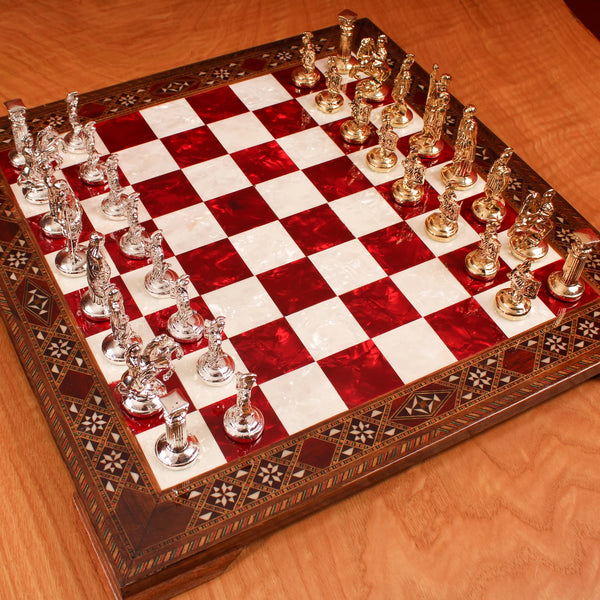
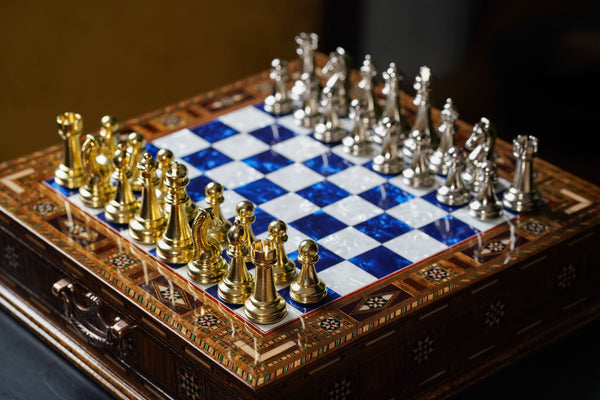
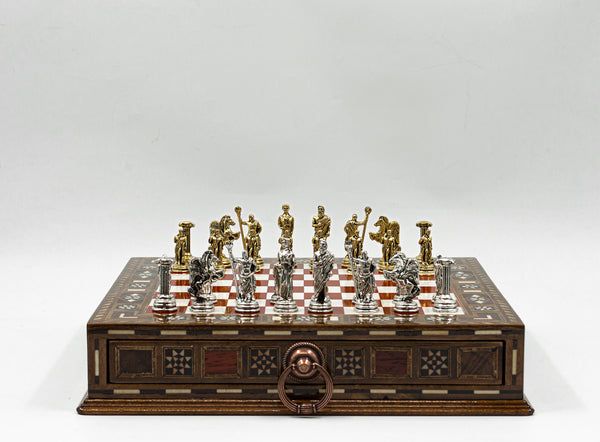
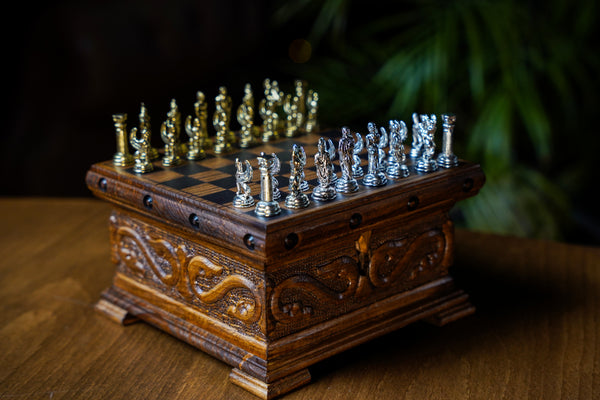
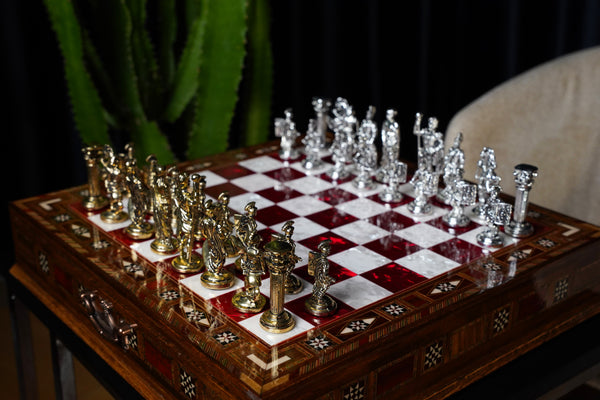






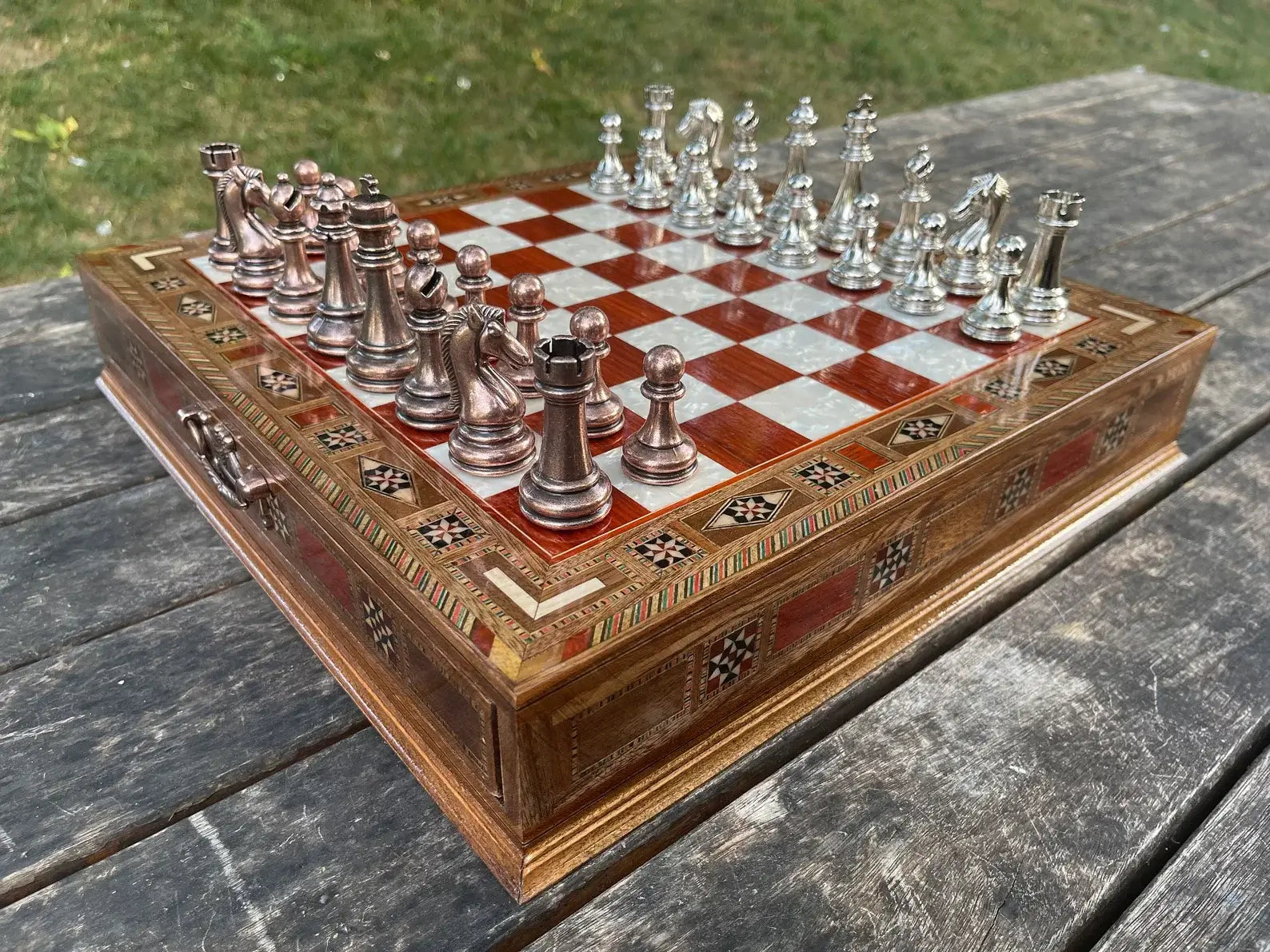
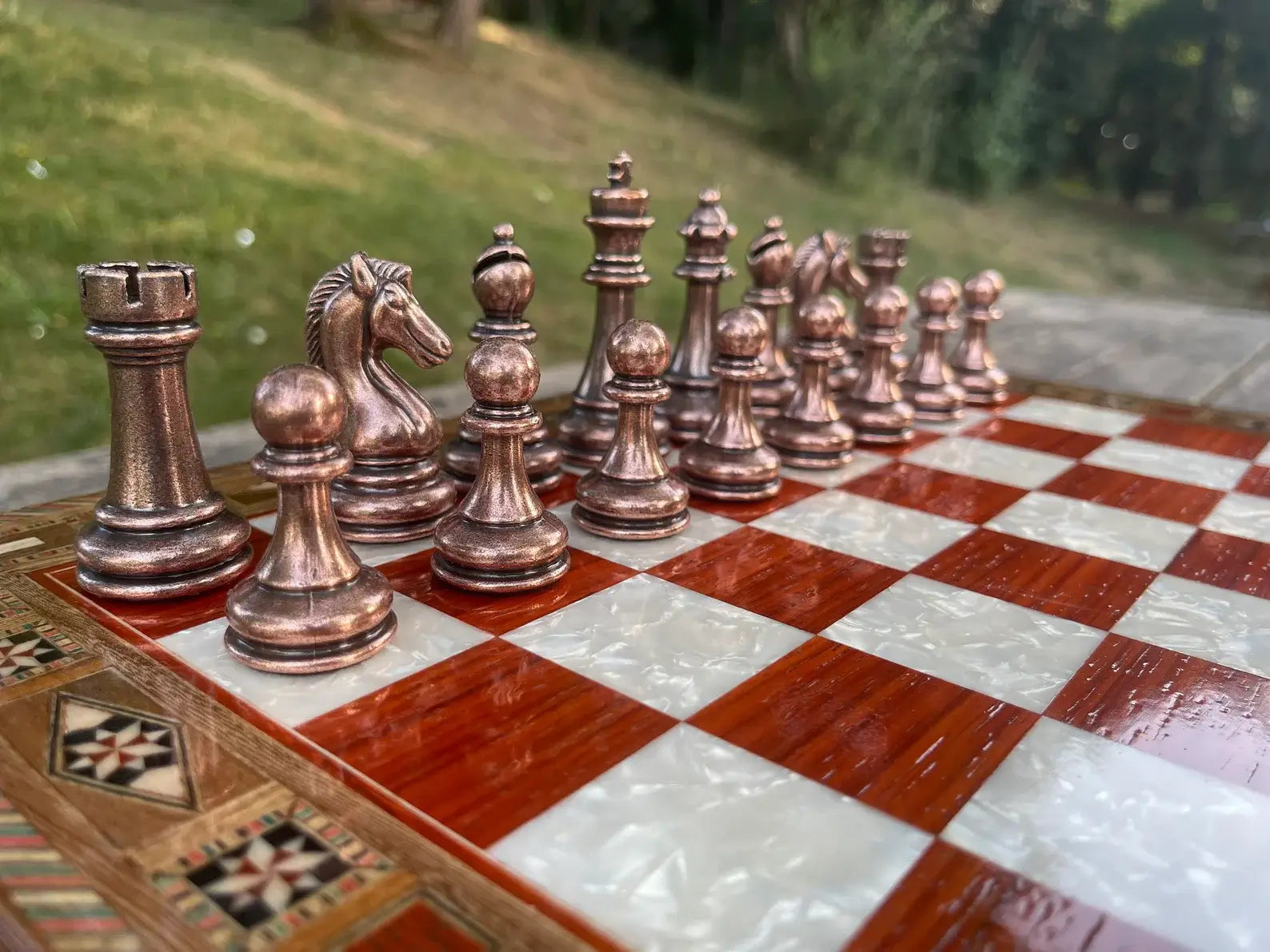
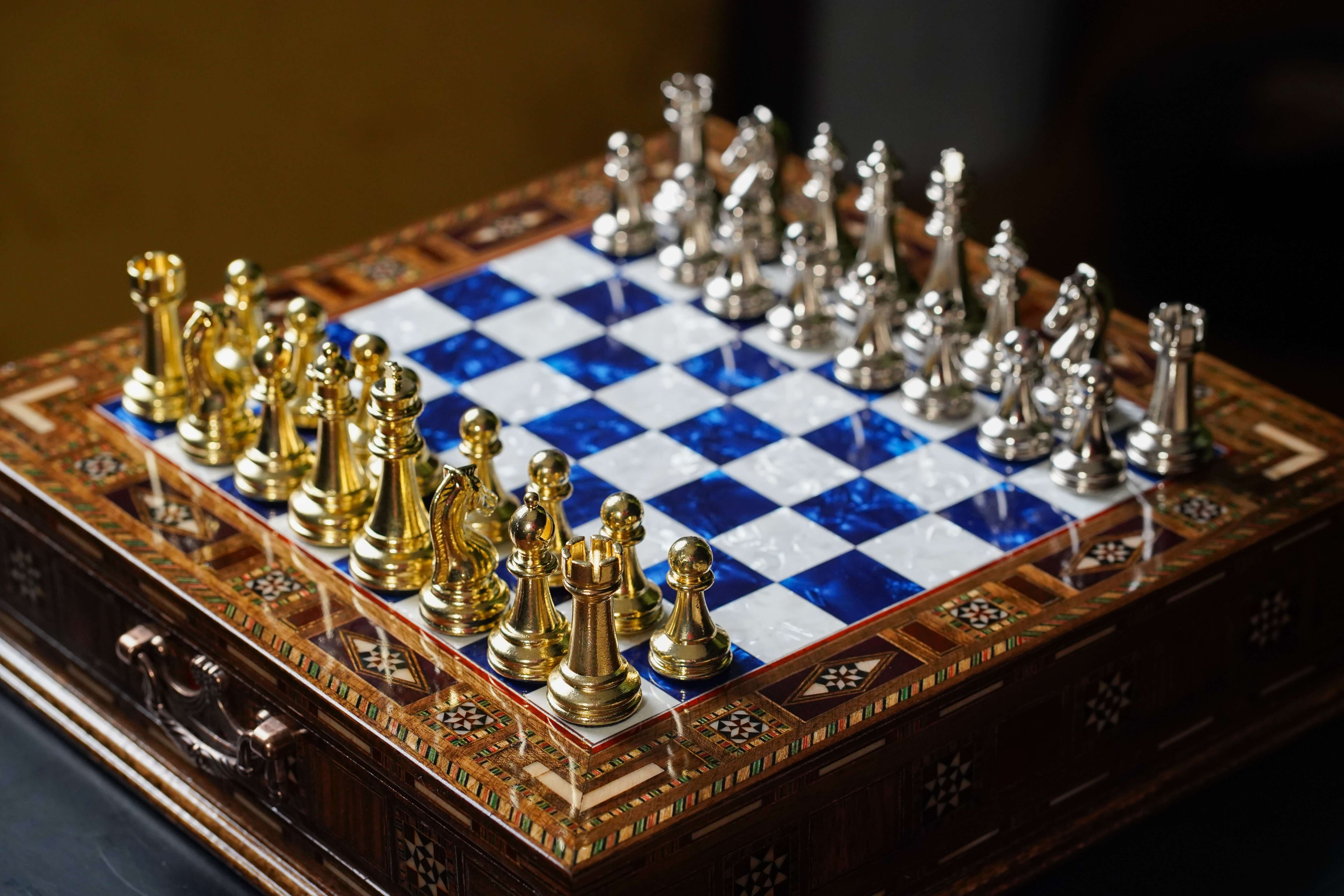
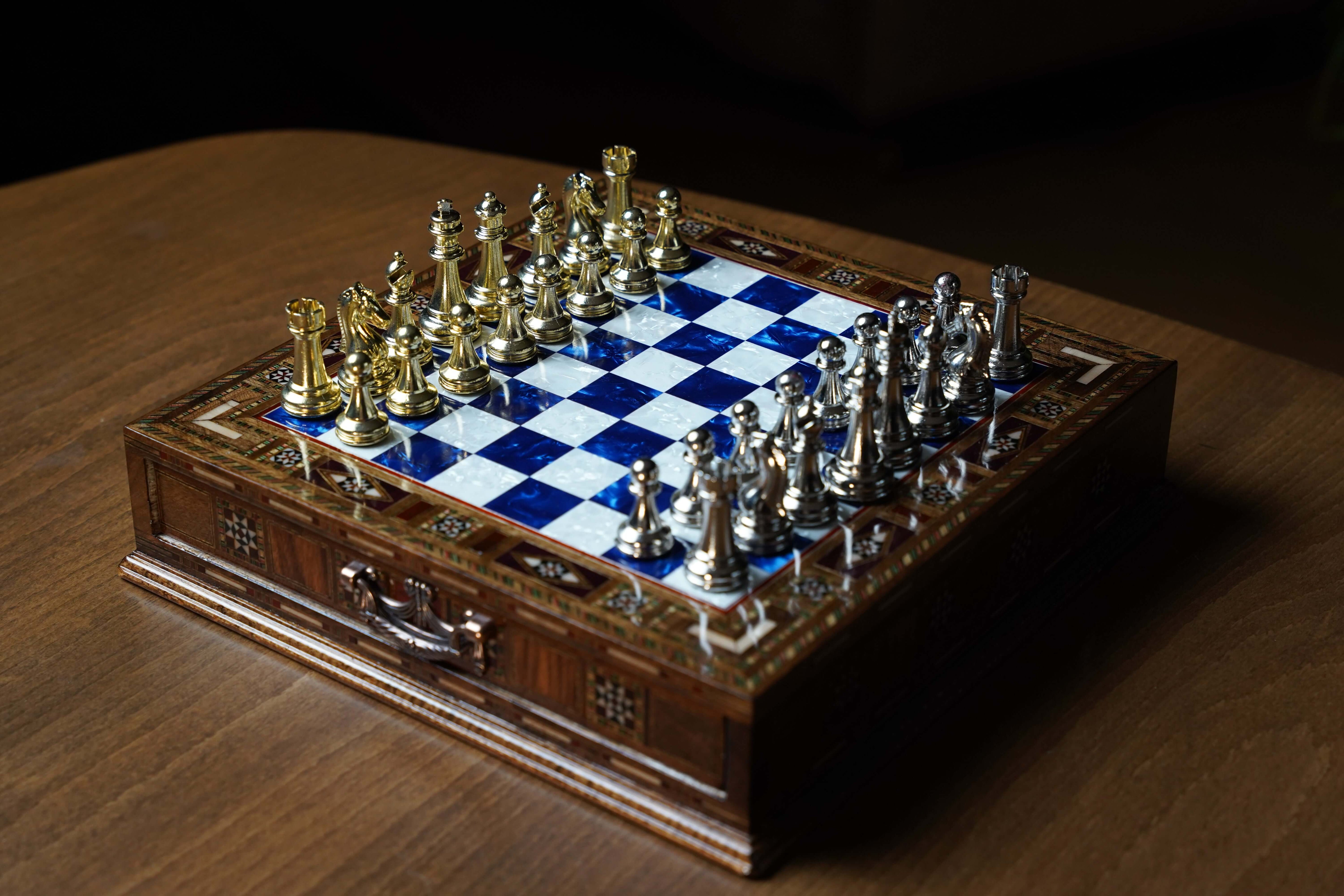
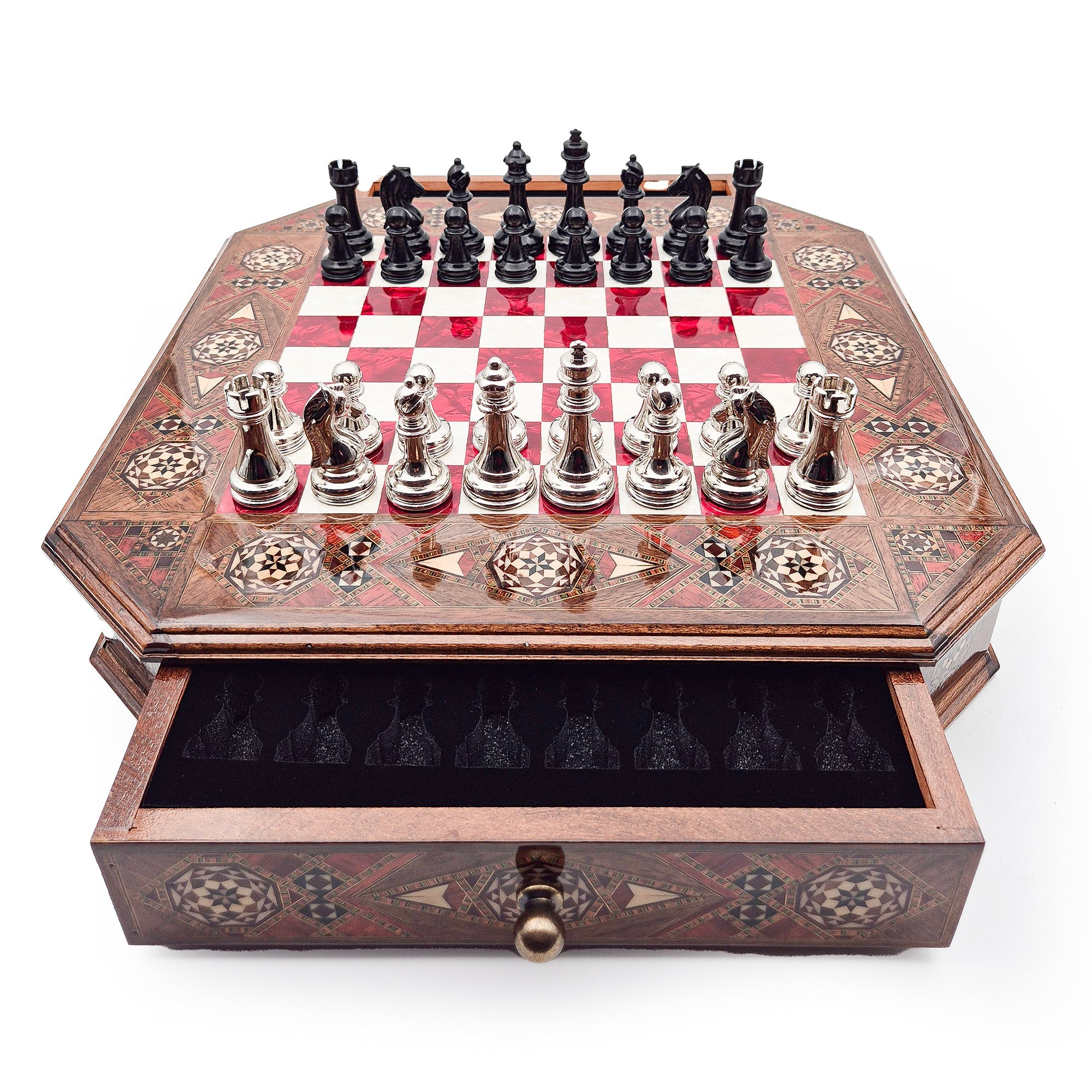
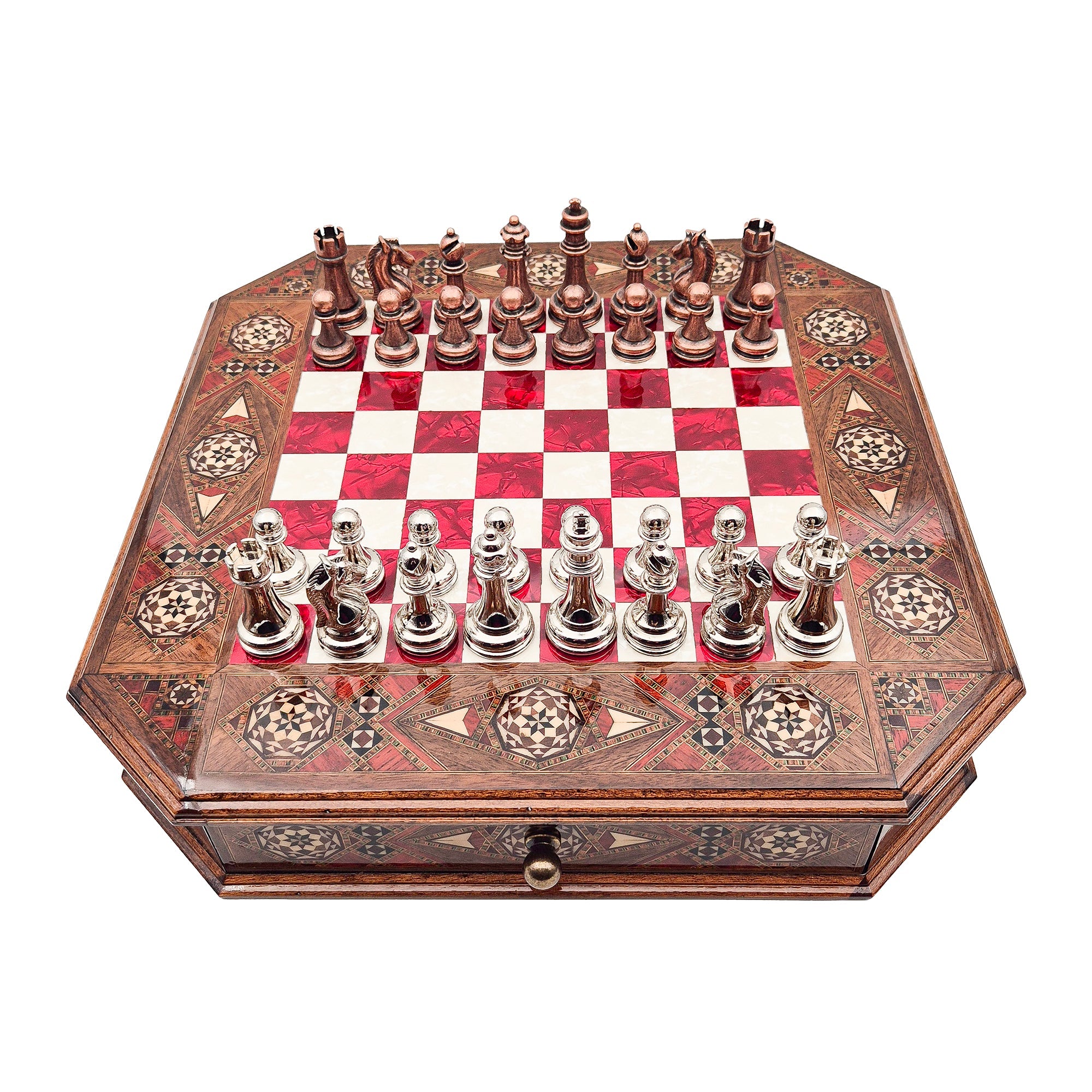
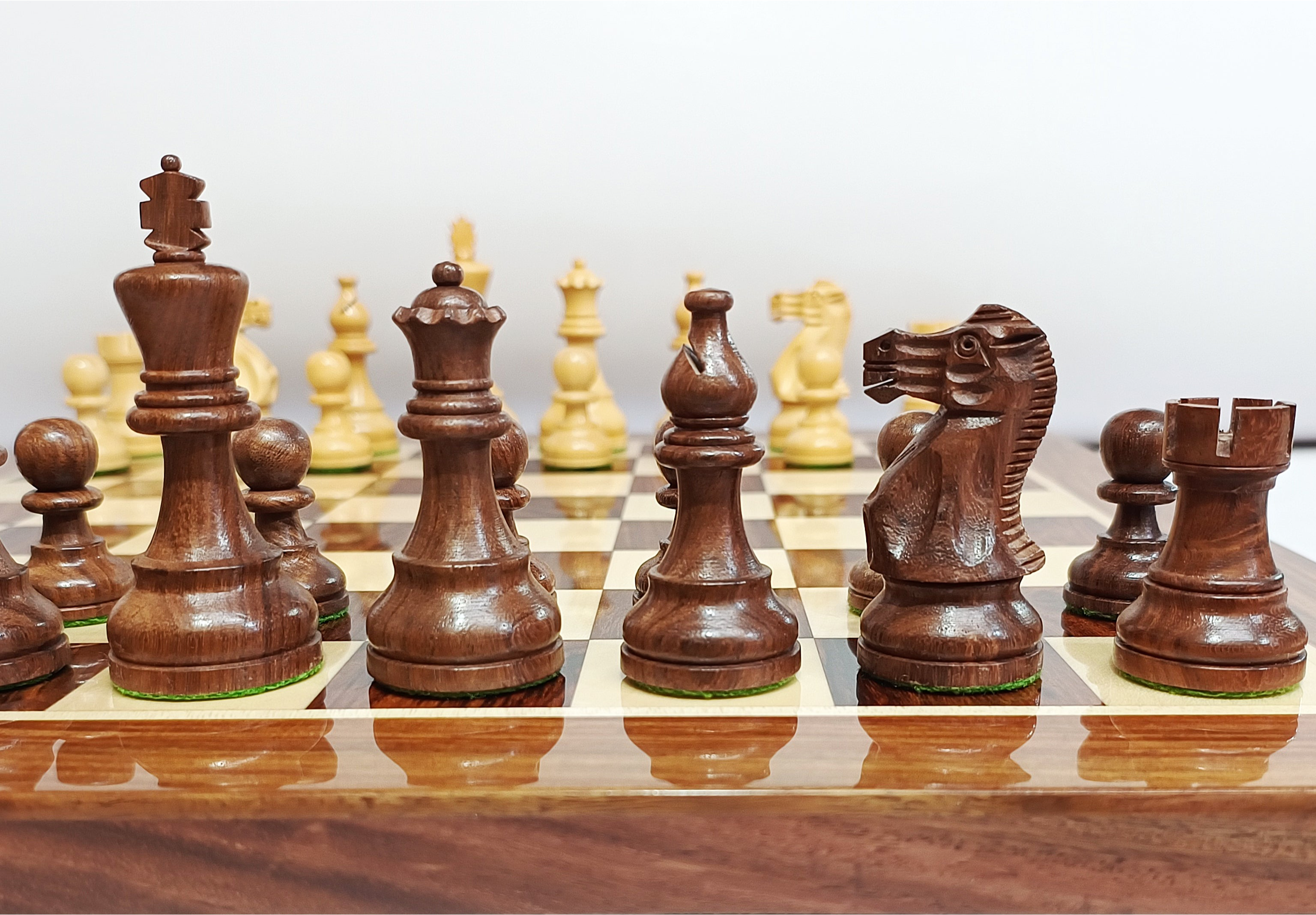

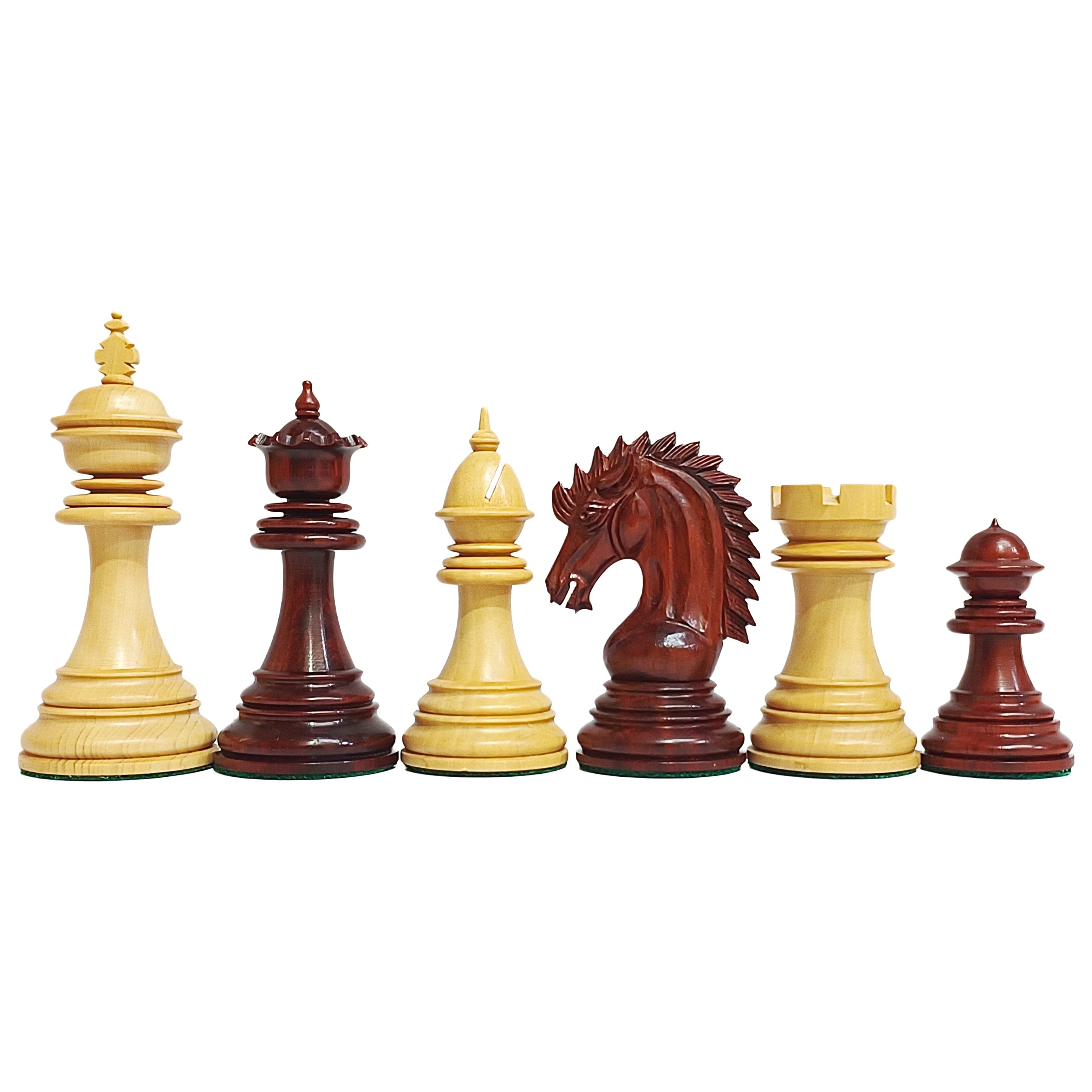
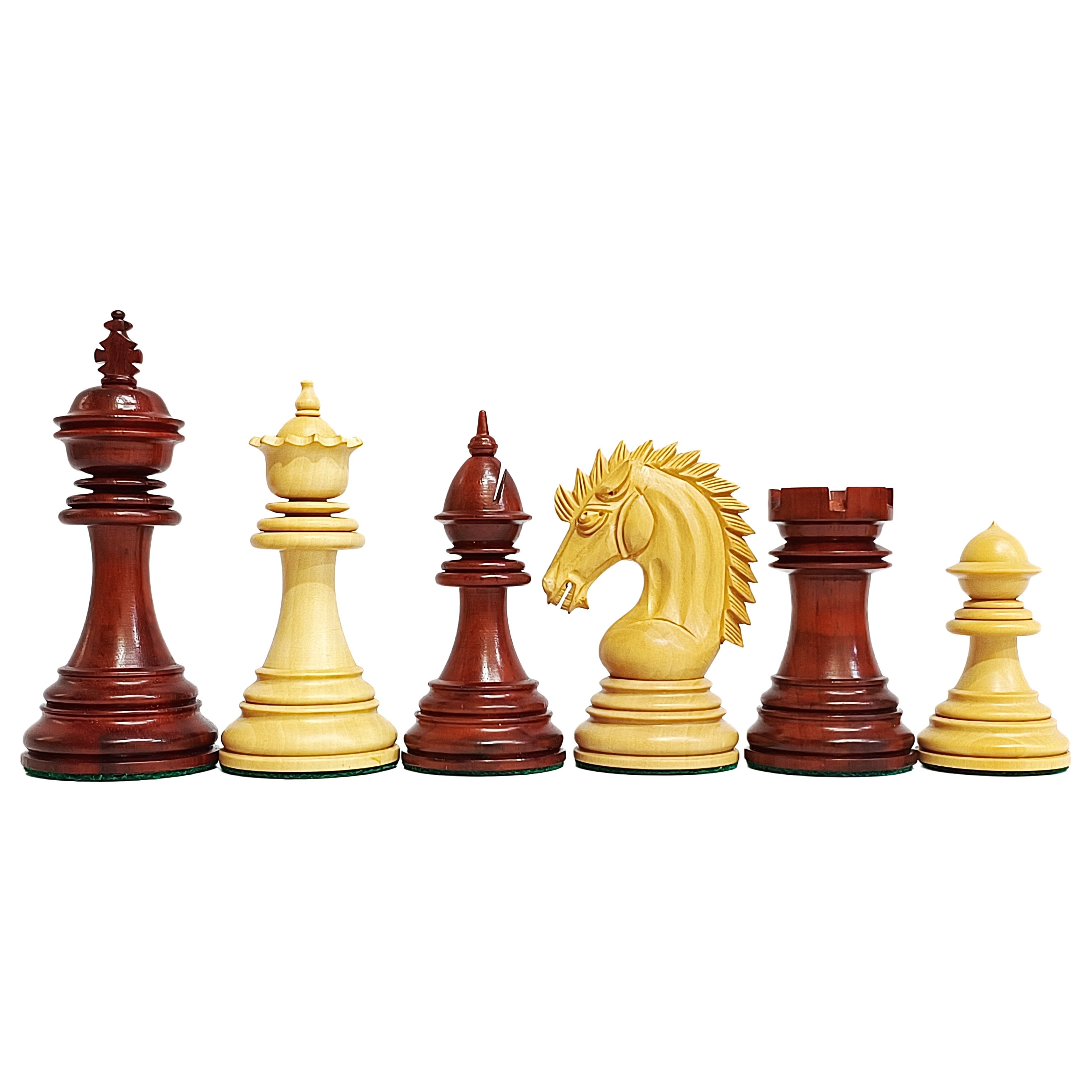
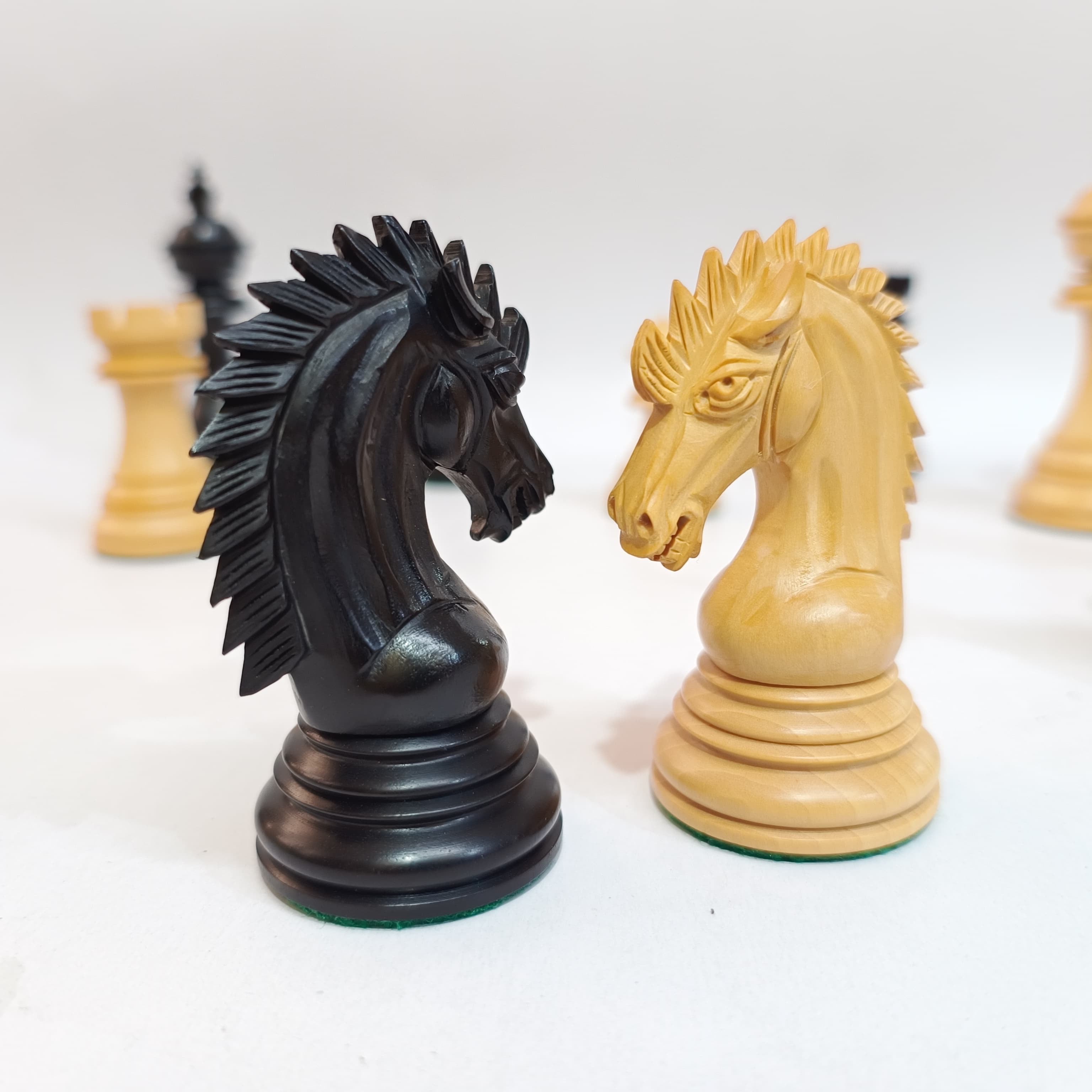
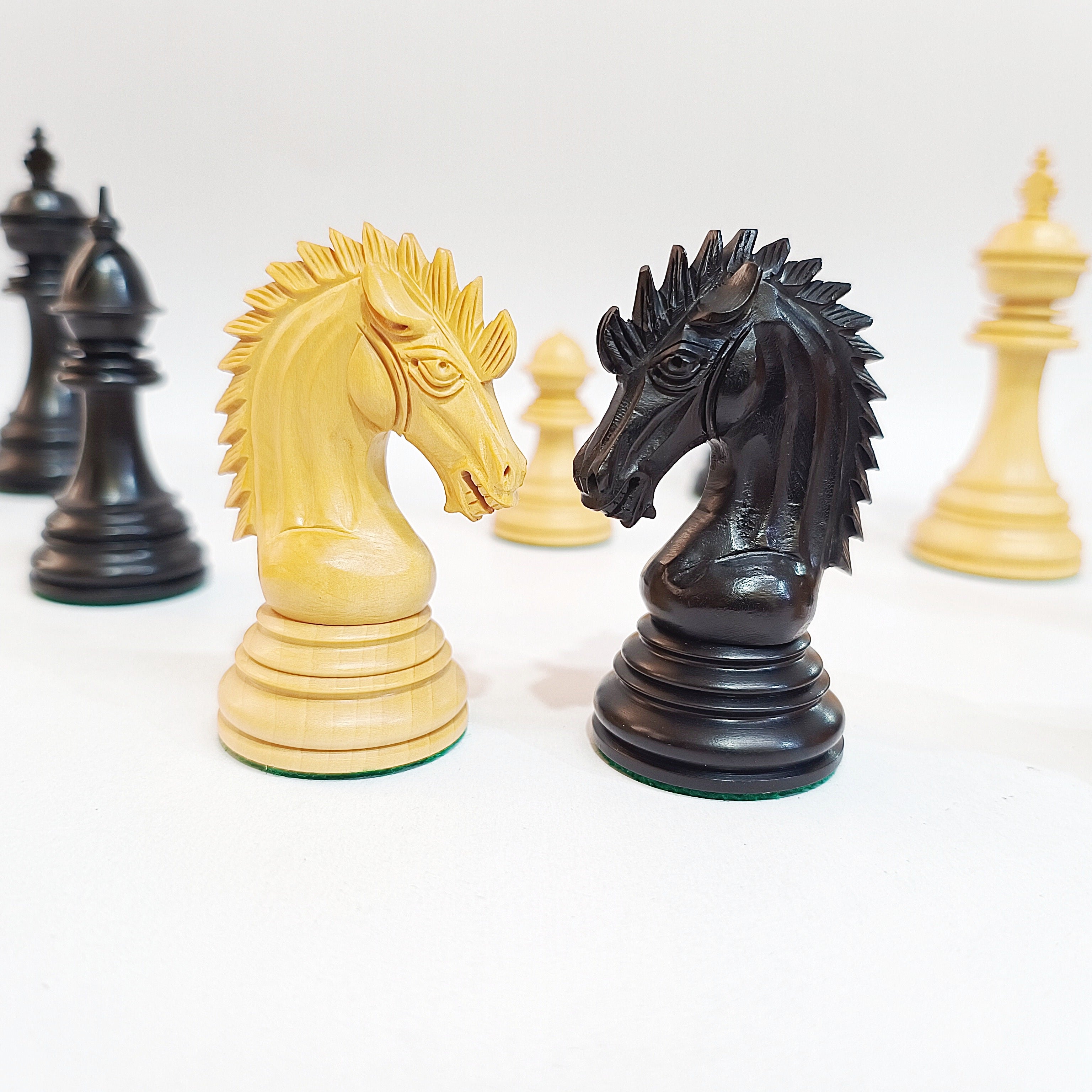
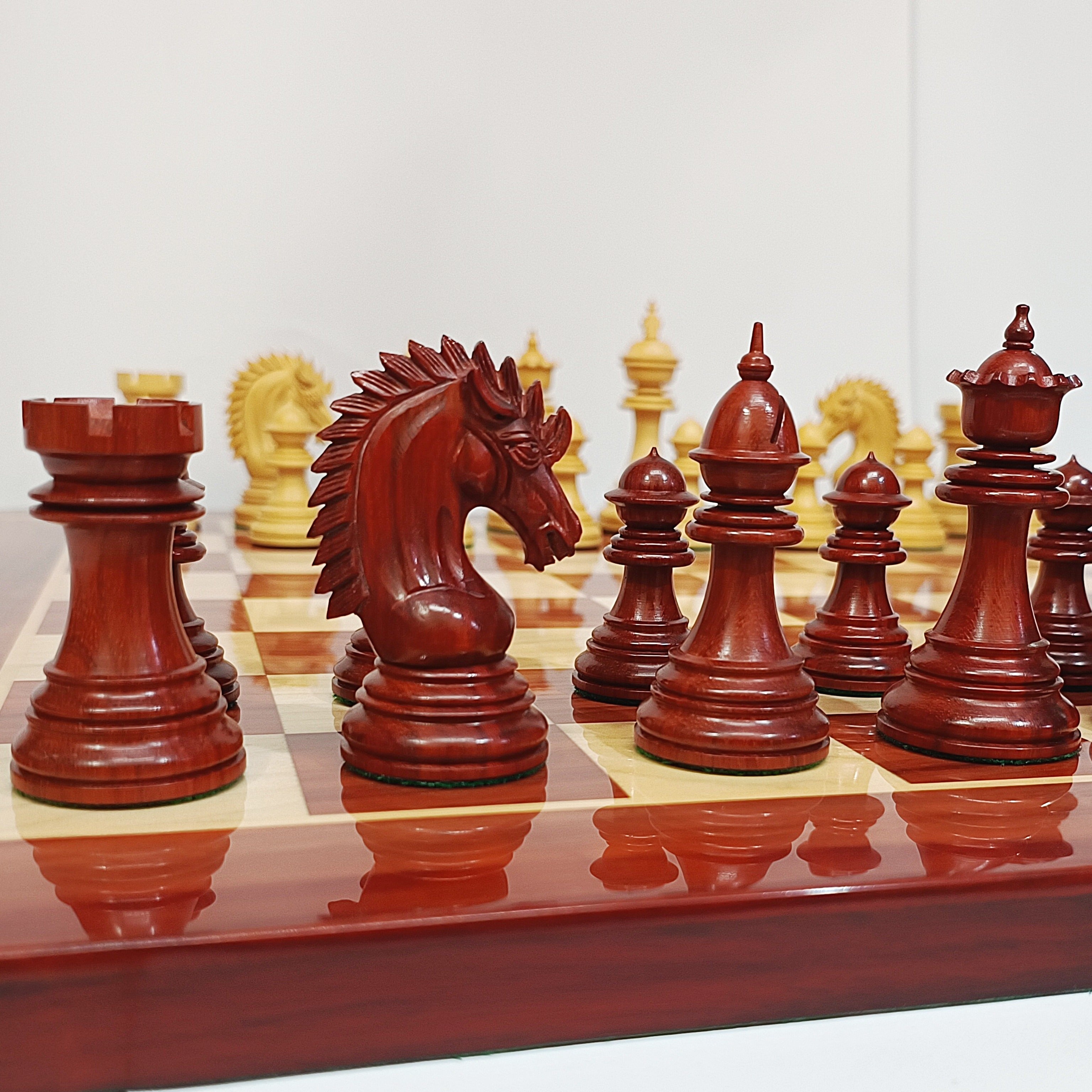
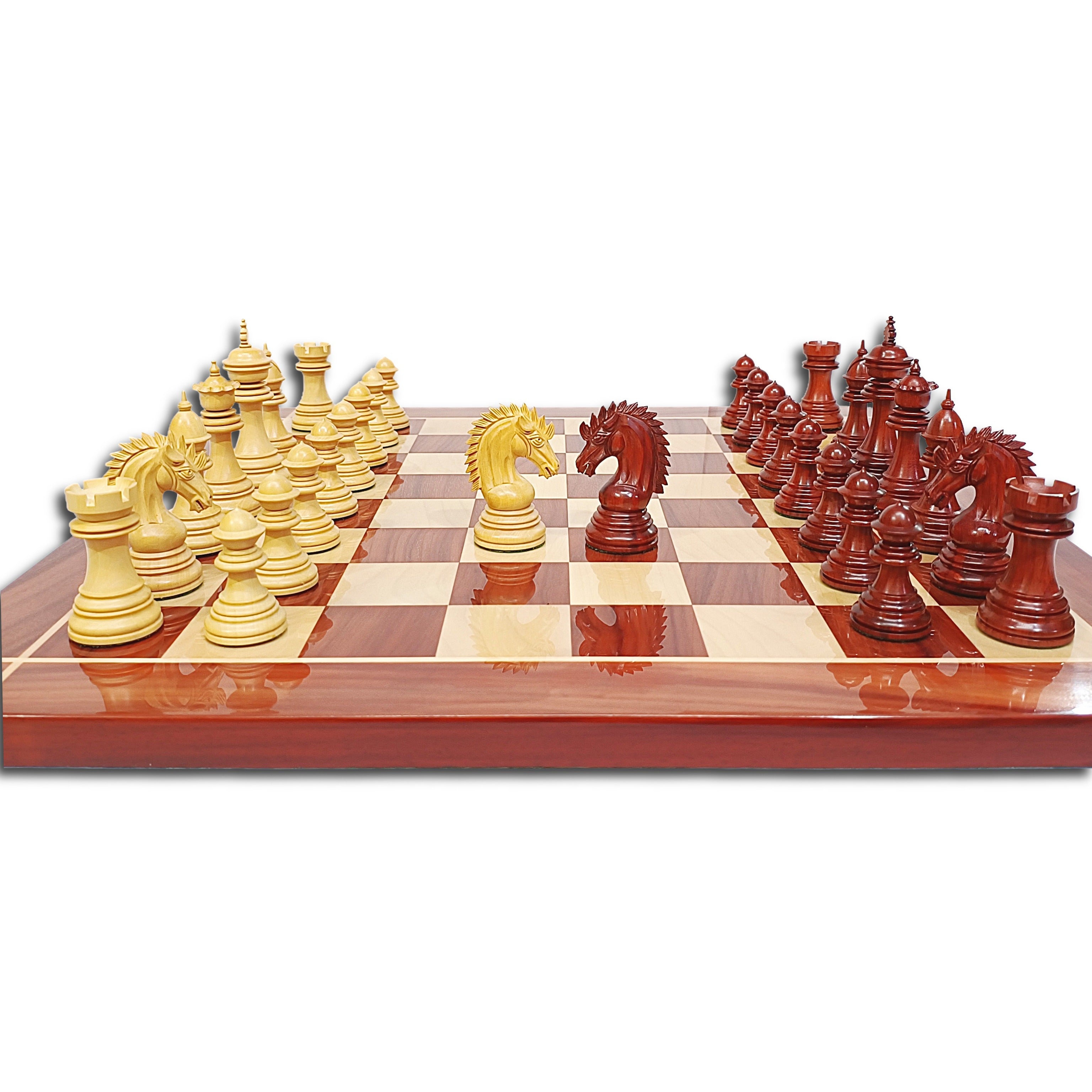

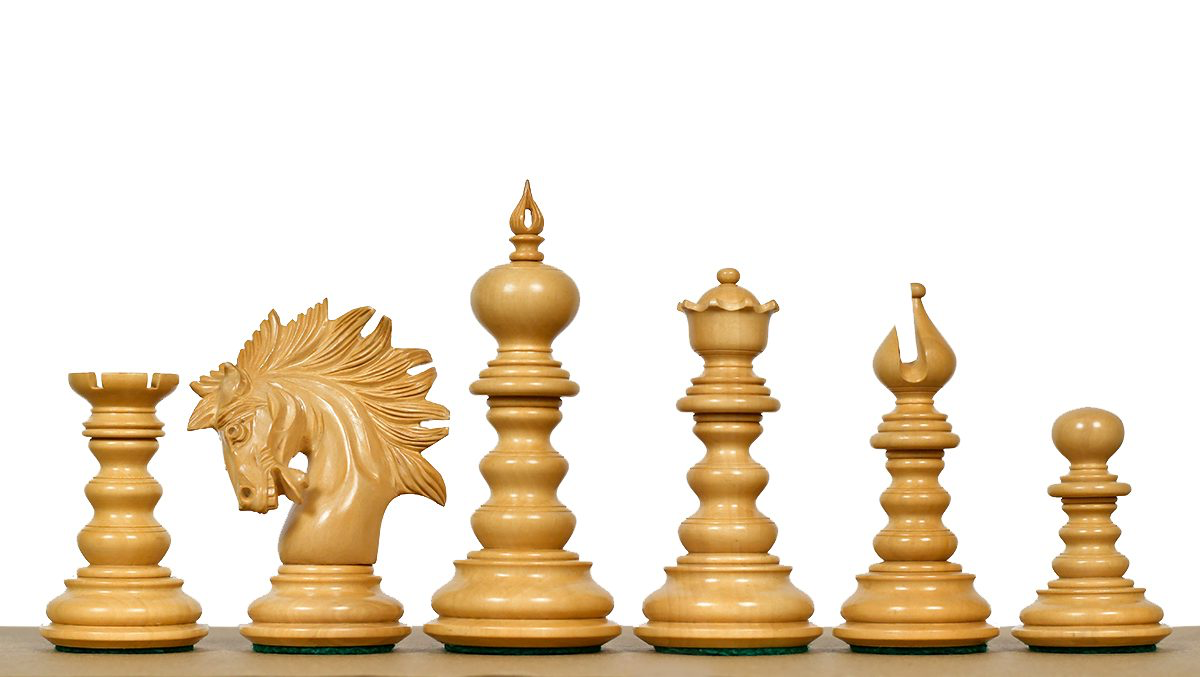
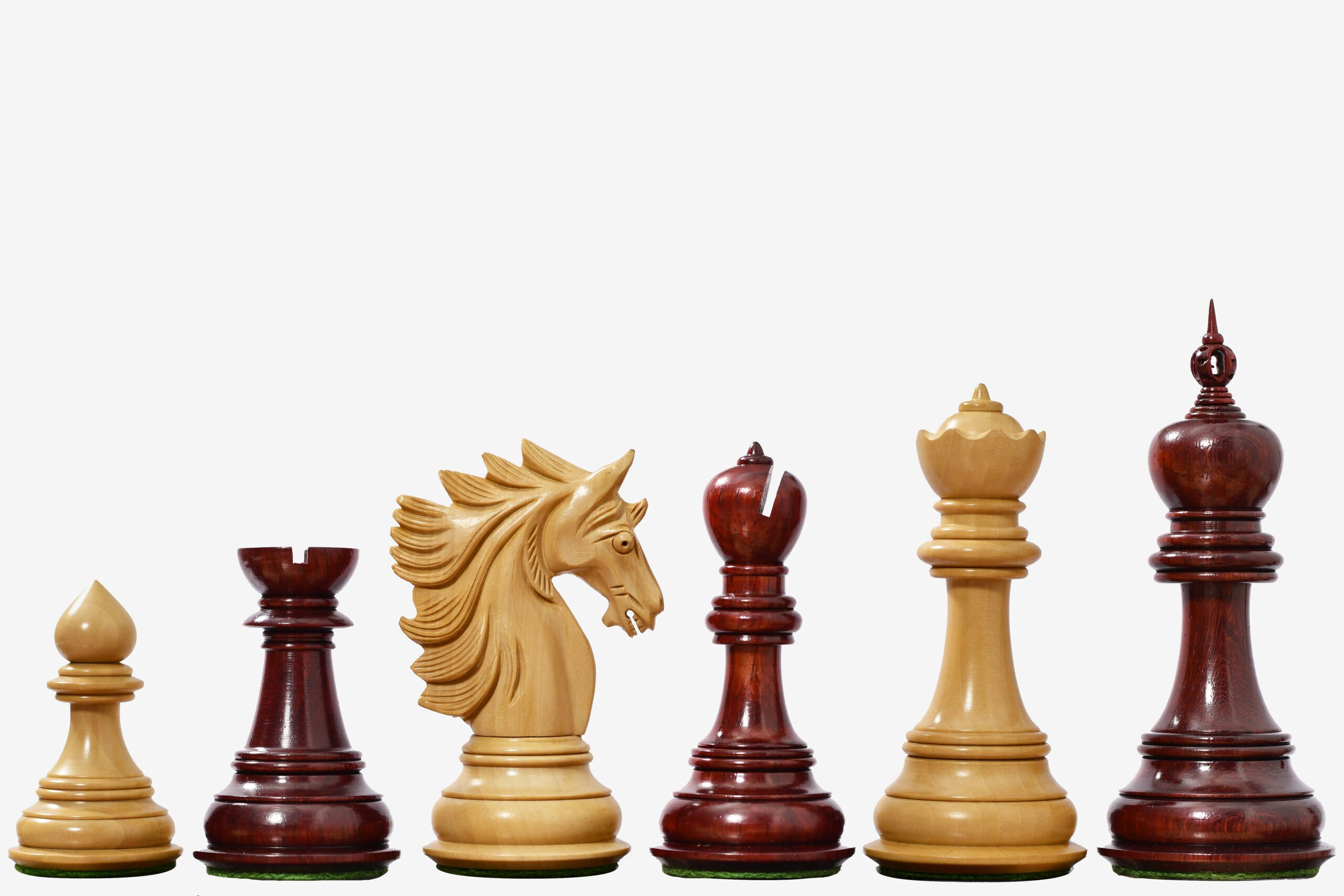
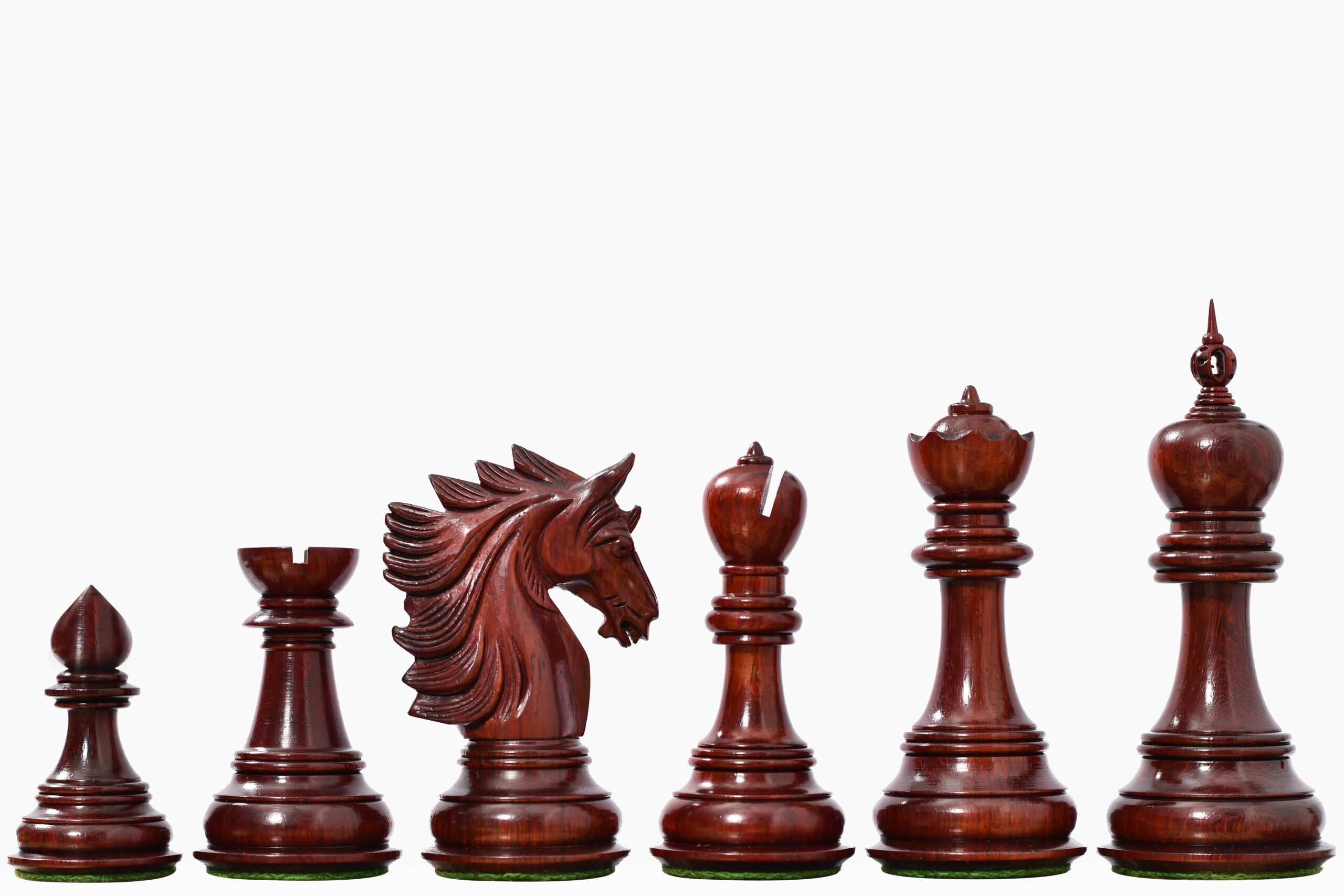
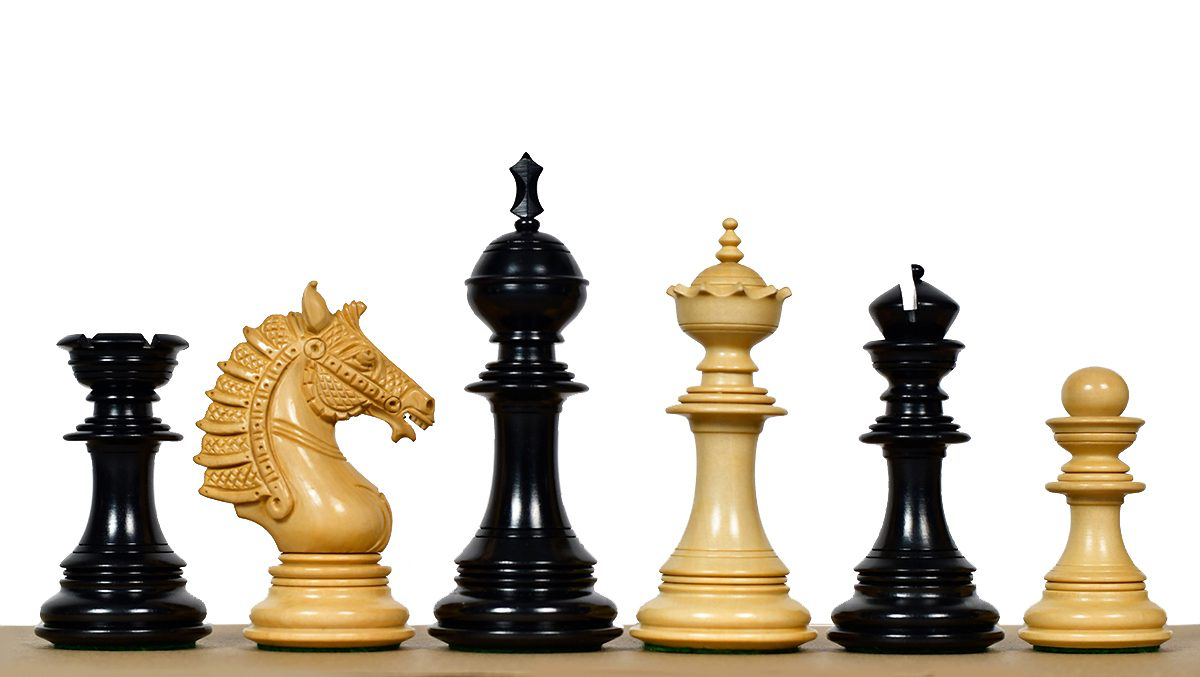
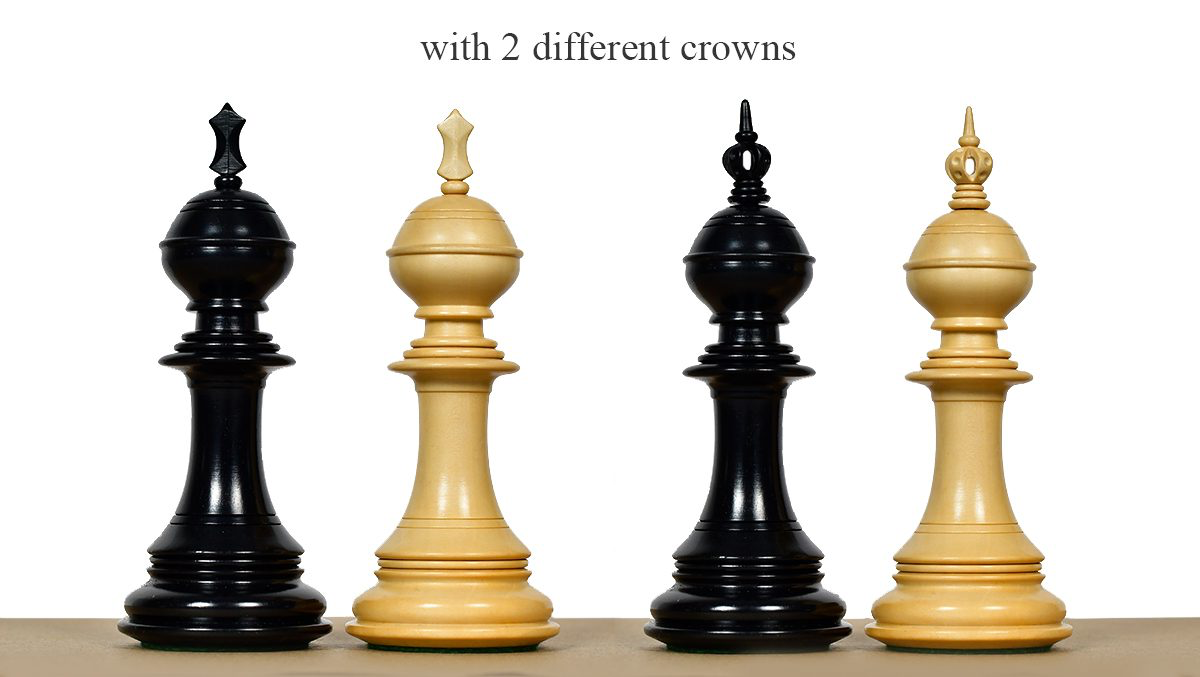
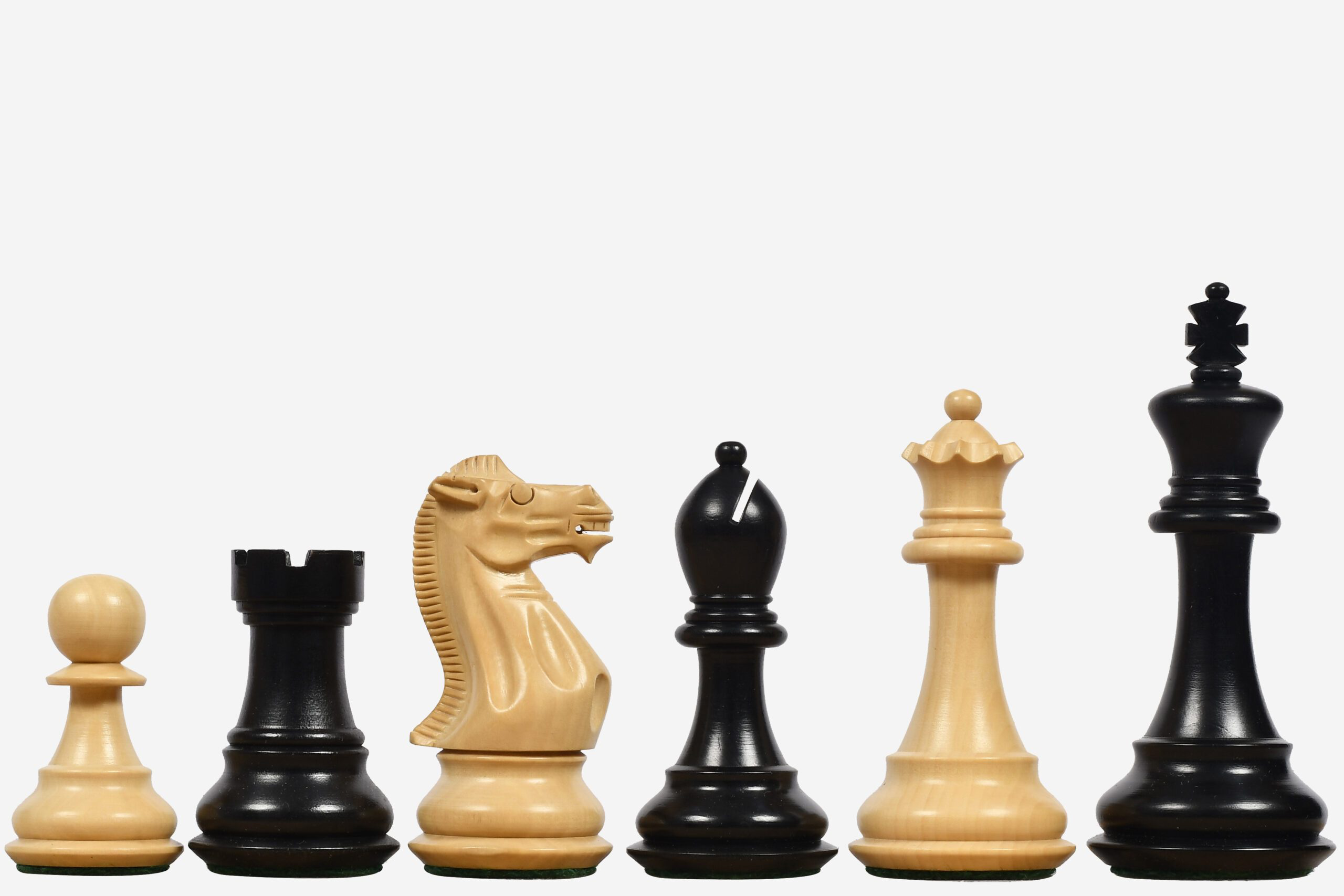
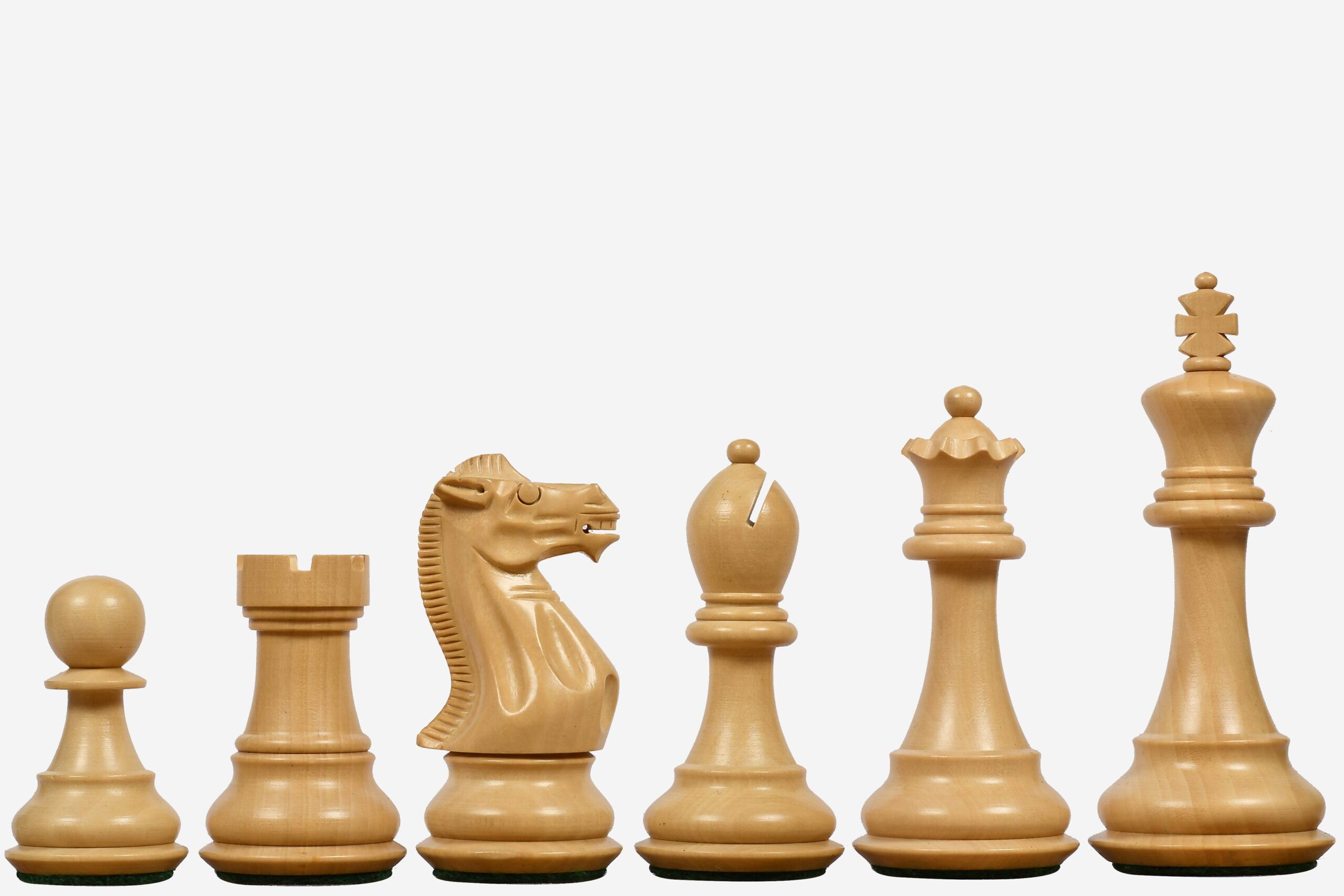
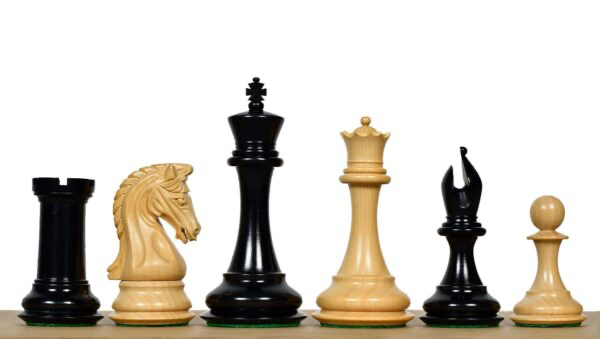
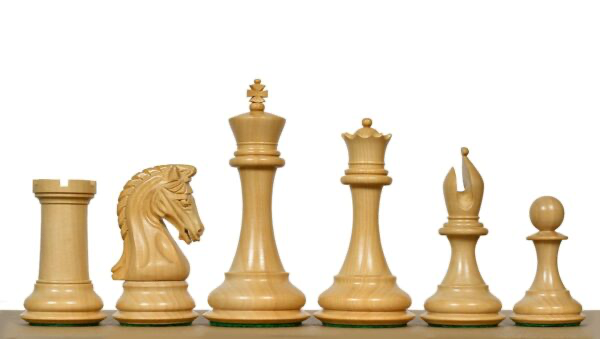
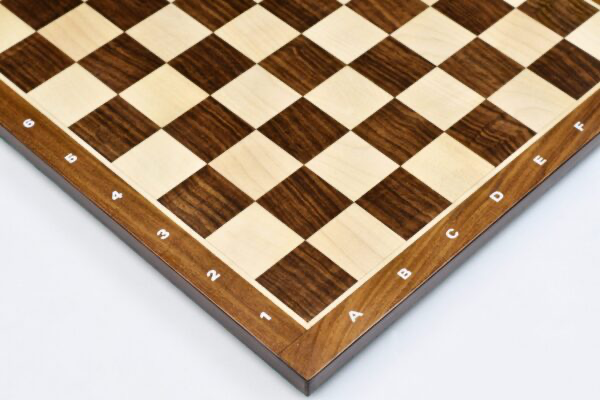
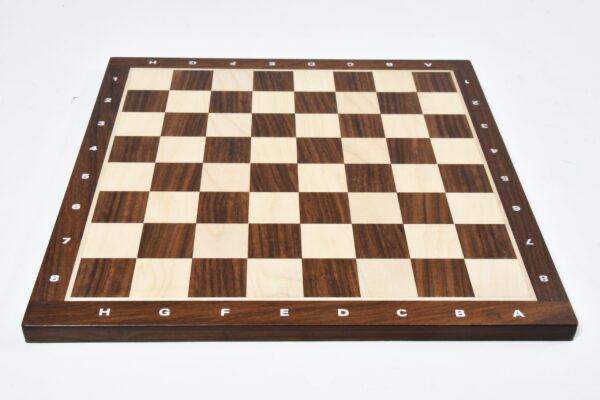
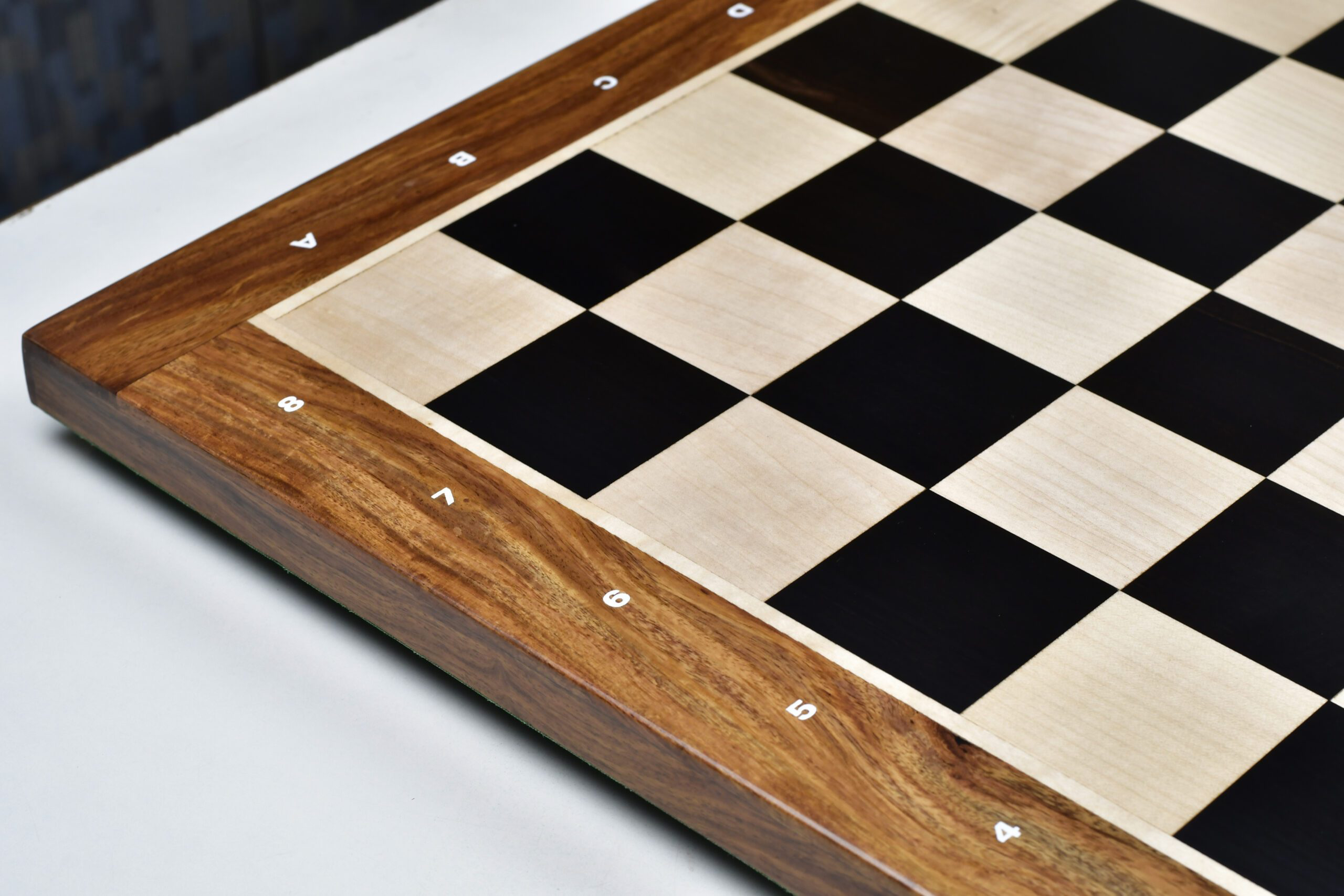
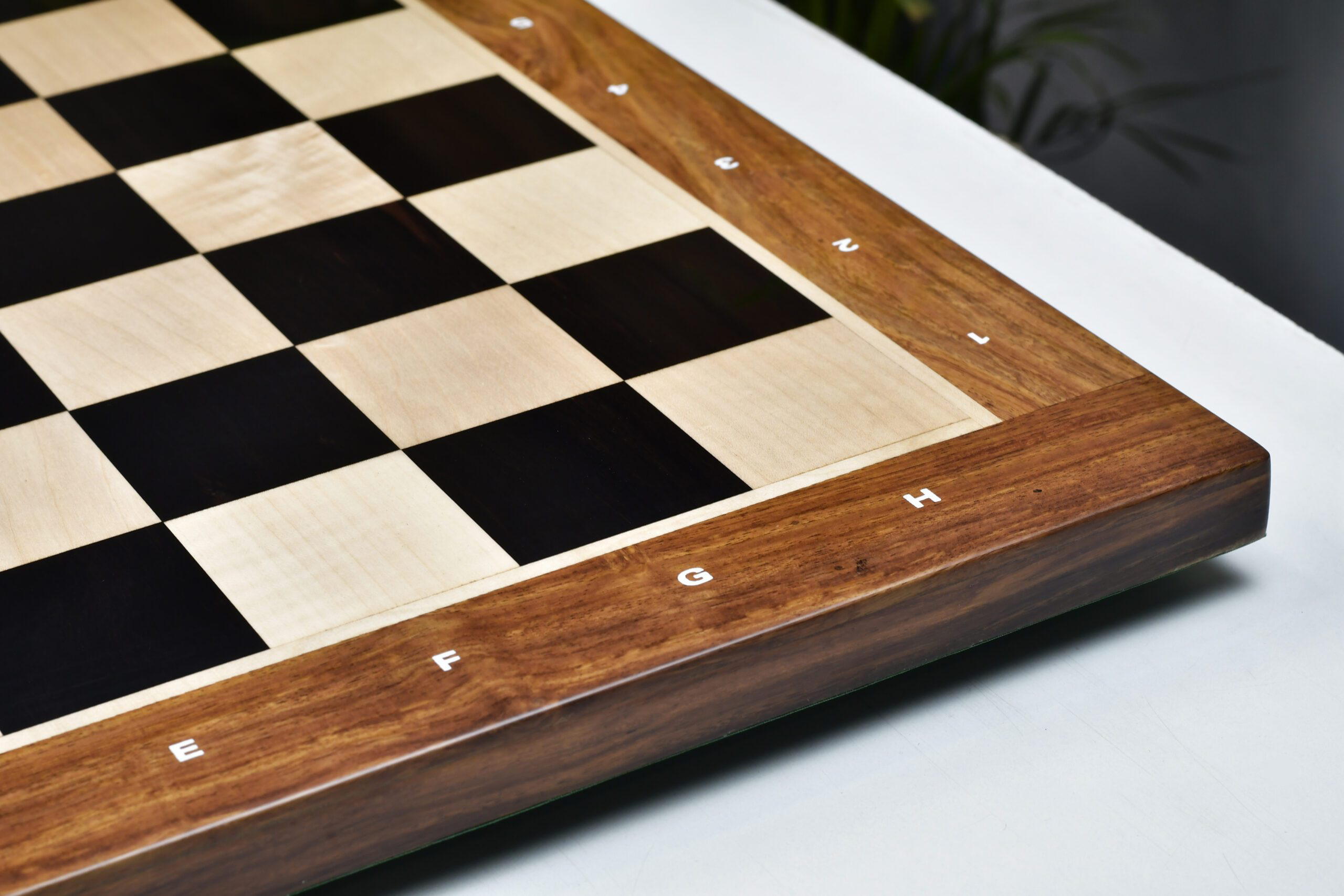


Leave a comment
All comments are moderated before being published.
This site is protected by hCaptcha and the hCaptcha Privacy Policy and Terms of Service apply.